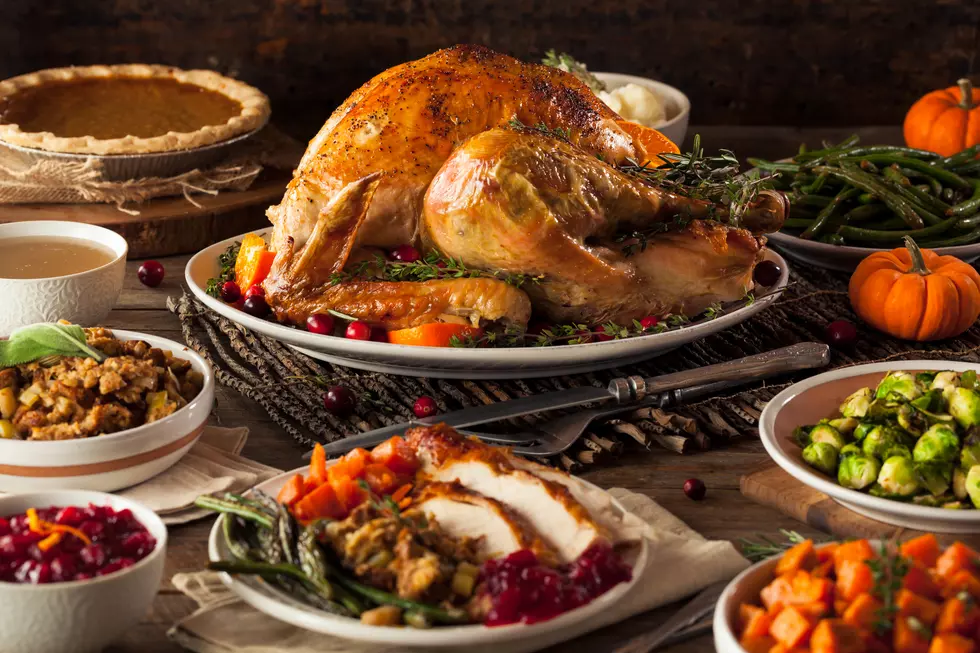
A Juicy Moist Turkey at Thanksgiving is Everybody’s Dream so Here’s How
Ah, Thanksgiving. One of my favorite times of the year. Family, friends, gathered together for happy times. However, if your house is anything like mine, getting the Thanksgiving dinner together is a chore. No matter how early we try to prepare, it always seems to be pandemonium as the dinner hour arrives.
The key ingredient is the turkey. And, having a juicy, moist turkey is a real art. Believe me, I've sawed my way through dry, tough turkey before and it's no fun. Pass the gravy.
So I went searching for ways to have a juicy turkey that everybody loves and found a good website, Fine Cooking with eight tips to the perfect turkey!
Jennifer Armentrout from Fine Cooking.com compiled these tips.
1. Choose a fresh turkey instead of a frozen one.
Ice crystals that form during freezing damage a turkey’s muscle cells. When the bird thaws and roasts, fluids leak more readily from the damaged cells, drying out the meat.
2. Roast two small turkeys rather than one large one.
Smaller turkeys roast more evenly than large ones, so for feeding a crowd, two small turkeys are a better option. They’ll cook quicker, too.
3. Brine the turkey.
A turkey soaked in a salt-water solution absorbs both the salt and the water, so it’s moister to begin with as well as seasoned on the inside. You can flavor a brine as well. Read here for more on the science behind brining.
4. Rub soft butter under the skin.
As it melts, it bastes the turkey and adds buttery flavor. For even more flavor, you can add herbs and spices to the butter (see, for instance, Smoked Paprika & Fennel Seed Roast Turkey with Onion Gravy).
5. Truss loosely, or not at all.
Legs tied up tightly against the sides of the turkey take longer to roast, putting the breast meat in jeopardy of overcooking while the legs take their time. For more on how to truss, watch our video.
6. Roast the turkey upside down at first.
Placing the turkey, breast side down, on a V-rack for the first hour or so of roasting essentially allows it to baste itself. Any marks left by the rack will disappear once you flip the turkey over and finish roasting it.
7. Don’t overcook it.
Use a thermometer, either instant-read or probe-style, to monitor the temperature in the thickest part of the thigh (be careful not to hit the bone). You’re aiming for 170°F.
8. Let the turkey rest before carving.
The intense heat of the oven forces the juices into the center of the bird, so after roasting, let the turkey rest for roughly 20 minutes (enough time to make the gravy). The juices will redistribute, and you’ll get moister slices.
Enjoy, and Happy Thanksgiving!
More From 100.5 FM The River


![Facebook Famous Gary the Turkey Has Been Captured in Kentwood [VIDEO]](http://townsquare.media/site/43/files/2022/02/attachment-Untitled-design-88.jpg?w=980&q=75)






